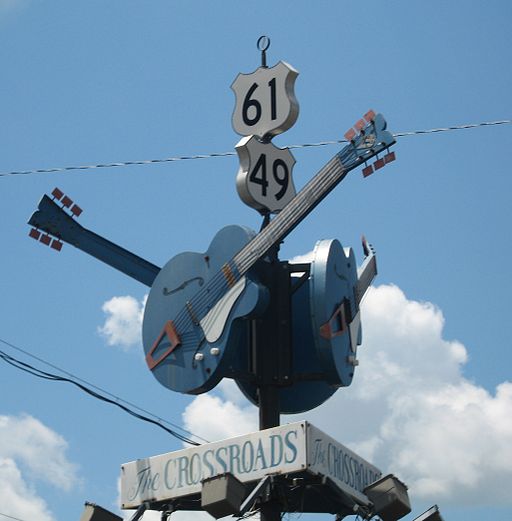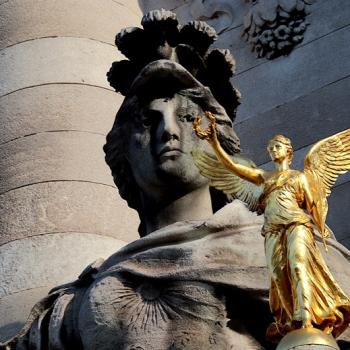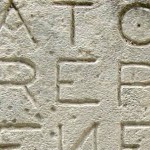
Some months ago at this point, while talking about shamanism and historical witchcraft, I promised to take up the question of initiation in traditional witchcraft. I set off to do some research and verify an attribution. While I was waiting for a reply to an e-mail query I got sidetracked by other projects and, well, here we are. I had written previously about initiation in general and the similarities between being initiated into the Feri Tradition, defending my master’s thesis, and joining the Baptist church. I also wrote a bit about initiation by spirit. Since then I have learned that initiation by spirit is a recognized concept in wider Traditional Witchcraft* circles and have developed my own ideas a bit further.
Basically, there are three different types of religious-magical-shamanic initiation: a ritual or ceremony which inducts the candidate into formal membership in a tradition or group, conducted by other human beings and generally with a particular sponsor or teacher; a direct initiation by spirit which is sometimes a surprise to the candidate (who may or may not be given the chance to refuse); and a sort of middle of the road version where a candidate conducts a ritual intended to entreat the spirits for initiation, alliance, or specific skills.
Pagans are not the only religion to have initiatory traditions; there are initiatory lineages among Sufis, Hindus, Buddhists, Taoists, and of course African Traditional religions. Many of these also recognize the possibility of someone being “god-touched” or otherwise being directly taught by a spiritual agency. Similarly, a Christian may be ordained by a church or take vows in a particular religious order, but many Christians (especially in the rural South) recognize the concept of being “called by God” directly, without the need for any formal process.
Arguably, initiation into a religious witchcraft lineage is some combination of the first type of initiation and the third, as the candidate is entering both membership in the group of living human initiates and forming a bond with the deities and ancestral spirits associated with the tradition, defined in both cases by certain oaths, obligations, and rights. Folkloric witchcraft has quite a few rituals of the third type, including the “toad bone” rite, the Orkney Witch’s Charm, the warning against/practice of spending the night on Cadair Idris, and of course the crossroads ritual. In Mules and Men and The Sanctified Church, Zora Neale Hurston describes traveling the US South learning hoodoo from rootworkers. Contrary to what many people assume about hoodoo, several of those encounters included initiatory rituals of varying complexity. They ranged from a very elaborate and Vodou-like ritual which included a period of seclusion, to simply going to the crossroads at midnight. One thing they all shared in common, however, is that Hurston was not being brought into a relationship with human beings; she was being directly introduced to Spirit, which would accept or reject her on its own terms.
This points at something important: While other human beings are not absolutely necessary to a witchcraft initiation, forming a relationship and a bond with the Otherworld is. This is because the shamanic dimensions of witchcraft are fundamental to it. A witch or shaman is a bridge, a kind of diplomat with dual citizenship between the world of the human and the non-human. Therefore, an initiation is not merely a diploma, and it is not only a form of ordination (though the same ritual may serve multiple purposes). The purpose of the ritual and the period of preparation that generally precedes it is to change the person so that they are able to function as a witch…altering their perceptions, clearing away emotional detritus, and introducing them to the realms they are to partially inhabit and the beings who dwell there.
Do you need initiation to be a Traditional Witch? I would say so, though it depends on what you mean. You don’t have to join a group or a lineage; Traditional Witchcraft as I mentioned recognizes the “red thread” of initiation into a lineage and the “white thread” of initiation by spirit, terminology which is attributed to Andrew Chumbley. The latter is, as I mentioned, the more essential element. However, the spirits we are talking about are the animating soul of the natural, non-human world, the denizens of Faerie: wild, not always terribly friendly to humans, and with very, very different priorities. They can be dangerous, just as going out into the wilderness can be dangerous, and they carry the same level of risk for the inattentive or unprepared. Even if all goes well the initiatory process, because it requires change, can be a bit rough on the system. Having someone who has already trodden that path as a guide can be very, very helpful, and lineages tend to have other advantages also. Nor are your choices mutually exclusive; you can always attempt a petition of the spirits first then seek a lineaged teacher later, or follow an initiation into a lineage with forming a relationship with the spirits of a particular place or type. But in all cases you will be investing a significant amount of time, energy, and attention; you will be challenged in various ways, and you will be required to change. Are you ready?
*For the definitions I am using, including the difference between “Traditional Witchcraft” and “traditional witchcraft,” see my inaugural post.















